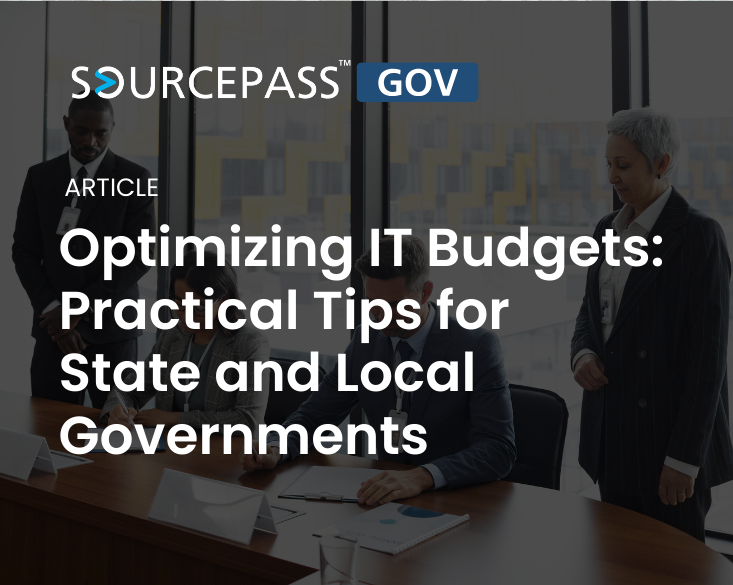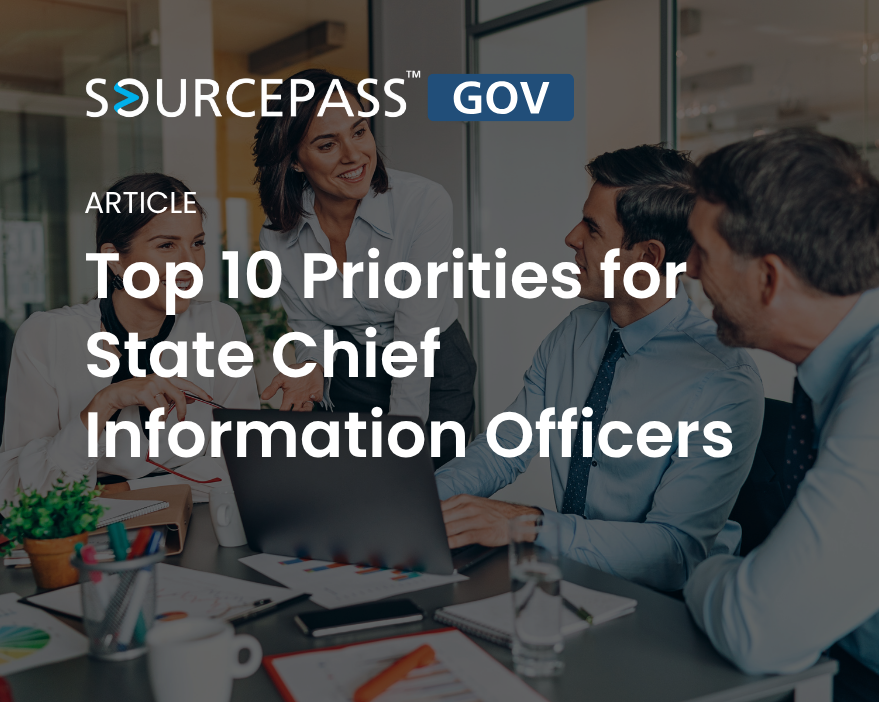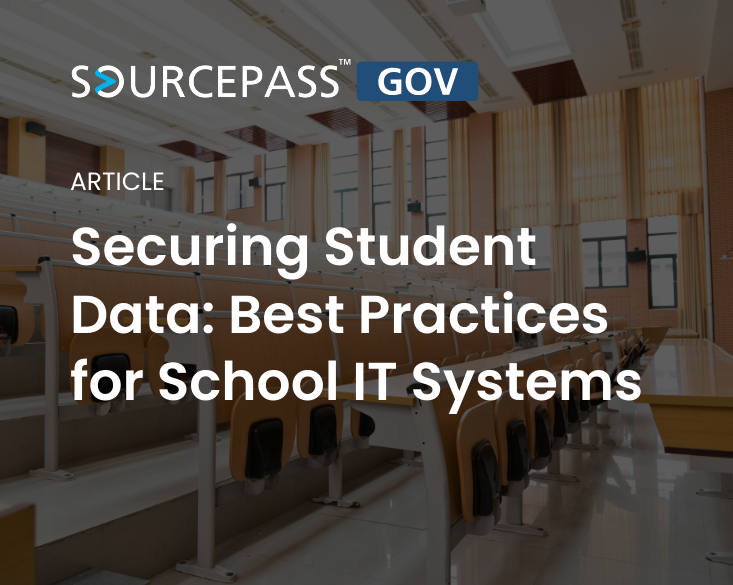3 min read
Top 10 Priorities for State Chief Information Officers
More than halfway through 2025, state Chief Information Officers (CIOs) continue to navigate a dynamic landscape of technological advancements and...
2 min read
Alex Davis : Feb 6, 2025 11:43:37 AM

Managing IT budgets in state and local governments is a complex challenge. With limited resources, growing demands for digital services, and ever-present cybersecurity threats, decision-makers need to allocate funds strategically.
A well-optimized IT budget can enhance service delivery, improve efficiency, and future-proof government operations. Here are practical tips for optimizing IT budgets while addressing the unique needs of state and local governments.
Ensure every IT investment supports your government’s strategic objectives.
Start by identifying your organization’s core goals—whether it’s improving citizen services, increasing operational efficiency, or enhancing cybersecurity. Then, assess how proposed IT projects align with these priorities.
This approach ensures that resources are allocated to initiatives with the greatest impact.
Practical Steps:
Cloud computing offers scalability, flexibility, and cost savings compared to traditional on-premises infrastructure. By migrating to the cloud, governments can reduce capital expenditures on hardware and lower maintenance costs.
Practical Steps:
Centralizing IT procurement can help standardize purchases, negotiate better vendor contracts, and eliminate redundant spending. A unified approach also streamlines support and training.
Practical Steps:
Cybersecurity is a non-negotiable investment for state and local governments. Proactively addressing risks can prevent costly breaches and downtime.
Practical Steps:
Take advantage of available grants and federal funding programs to supplement your IT budget. Many funding opportunities are designed to support digital transformation, cybersecurity, and broadband expansion.
Practical Steps:

Effective lifecycle management ensures that IT assets are replaced or upgraded before they become liabilities. This approach minimizes unexpected costs and reduces downtime.
Practical Steps:
Data-driven decision-making can help governments identify inefficiencies and prioritize spending. Analyzing IT usage and performance data ensures funds are directed toward the most impactful initiatives.
Practical Steps:
Collaboration between departments can uncover opportunities for cost-sharing and resource optimization. Breaking down silos ensures IT solutions serve the broader needs of the government and its citizens.
Practical Steps:
Optimizing IT budgets for state and local governments requires a strategic, data-driven approach that balances current needs with future goals. By aligning investments with priorities, embracing cost-effective technologies, and leveraging collaboration, governments can maximize the impact of their IT budgets while delivering better services to their communities.
At Sourcepass GOV, we specialize in helping state and local governments design and implement effective IT strategies. Contact us today to learn how we can support your budgeting and technology goals.

3 min read
More than halfway through 2025, state Chief Information Officers (CIOs) continue to navigate a dynamic landscape of technological advancements and...

2 min read
Protecting student data is a top priority for school districts. New York's Education Law §2-d, enacted during the 2014-2015 fiscal year, sets forth...

3 min read
Ransomware attacks are a significant threat to state and local governments. These attacks can cripple essential services, compromise sensitive data,...

As technology continues to evolve, so too does the landscape of law enforcement. In an era where digital transformation impacts nearly every sector,...

In the age of hybrid and virtual learning, schools have become increasingly reliant on technology to enhance learning, improve administrative...

As technology continues to evolve, so too must the way we approach education. In today’s world, integrating technology into the classroom isn’t just...